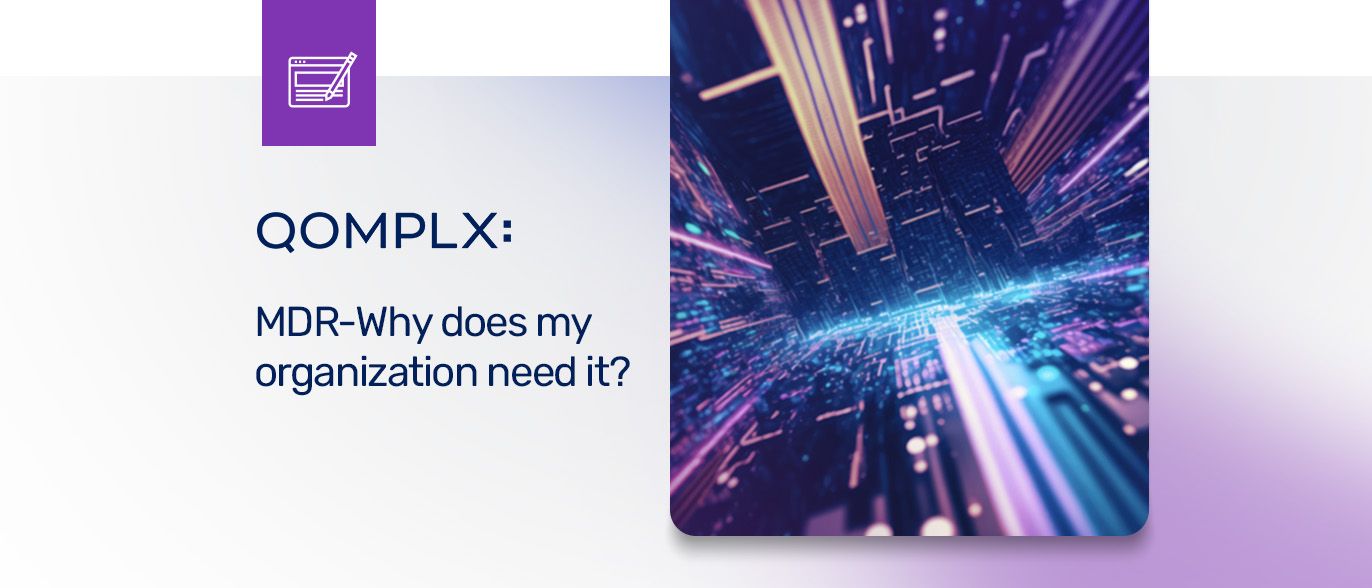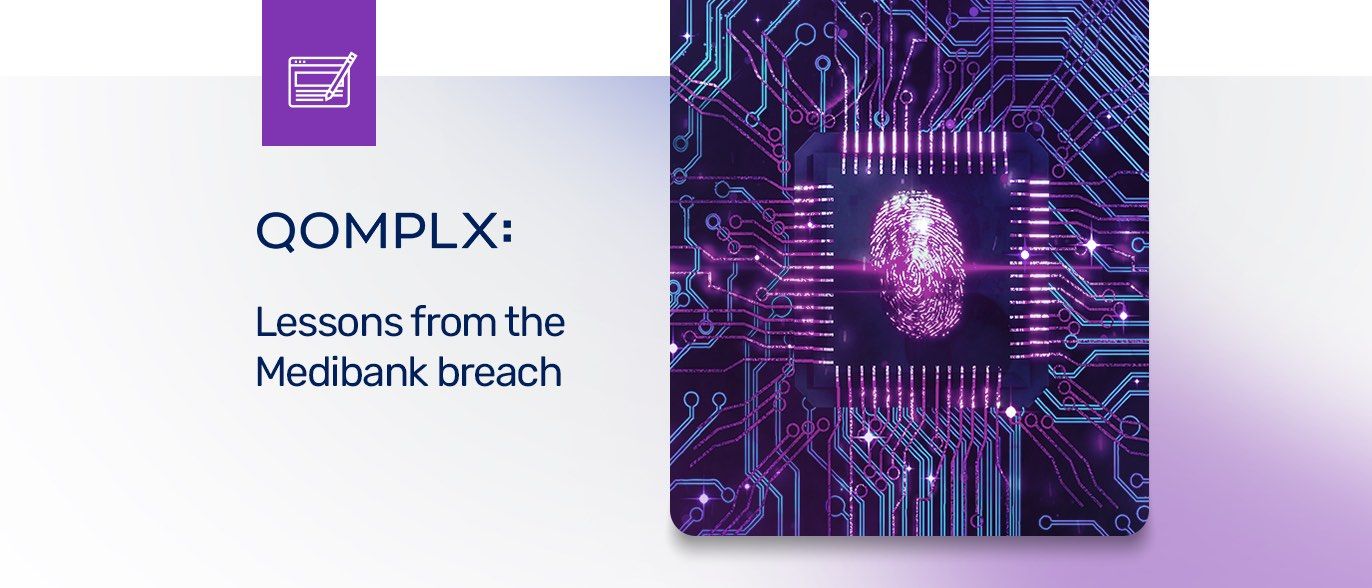In this installment of our attack surface risk signals series, we cover the importance of SPF and DMARC records
For organizations online, valid DMARC and SPF records are a key to protecting the integrity of your domains and preventing damaging phishing attacks and spam campaigns from leveraging your good name.
Both DMARC (Domain-based Message Authentication, Reporting, and Conformance) and SPF (Sender Policy Framework) are IETF standards that enable a domain owner to publish email authentication and policy information in the DNS. They represent significant improvements over SMTP, but if they are not properly configured, these improvements are of no effect.
Q:SCAN checks SPF and DMARC records
Sender Policy Framework (SPF) records help to protect your domain from being spoofed and to prevent outgoing emails from being flagged as spam by designating specific email servers as the only authorized hosts allowed to send emails on behalf of an organization. An SPF record is published in public DNS records as a TXT record. SPF won’t solve all your problems, but it’s an important step to take in improving the security of your communications.
A DMARC policy allows a sender's domain to indicate that their emails are protected by SPF and/or DKIM and tells the receiver what to do if neither of those authentication methods passes–such as to reject the message or quarantine it. The policy can also specify how an email receiver can report back to the sender's domain about messages that pass and/or fail. These policies are published in the public Domain Name System (DNS) as text (TXT) records.





